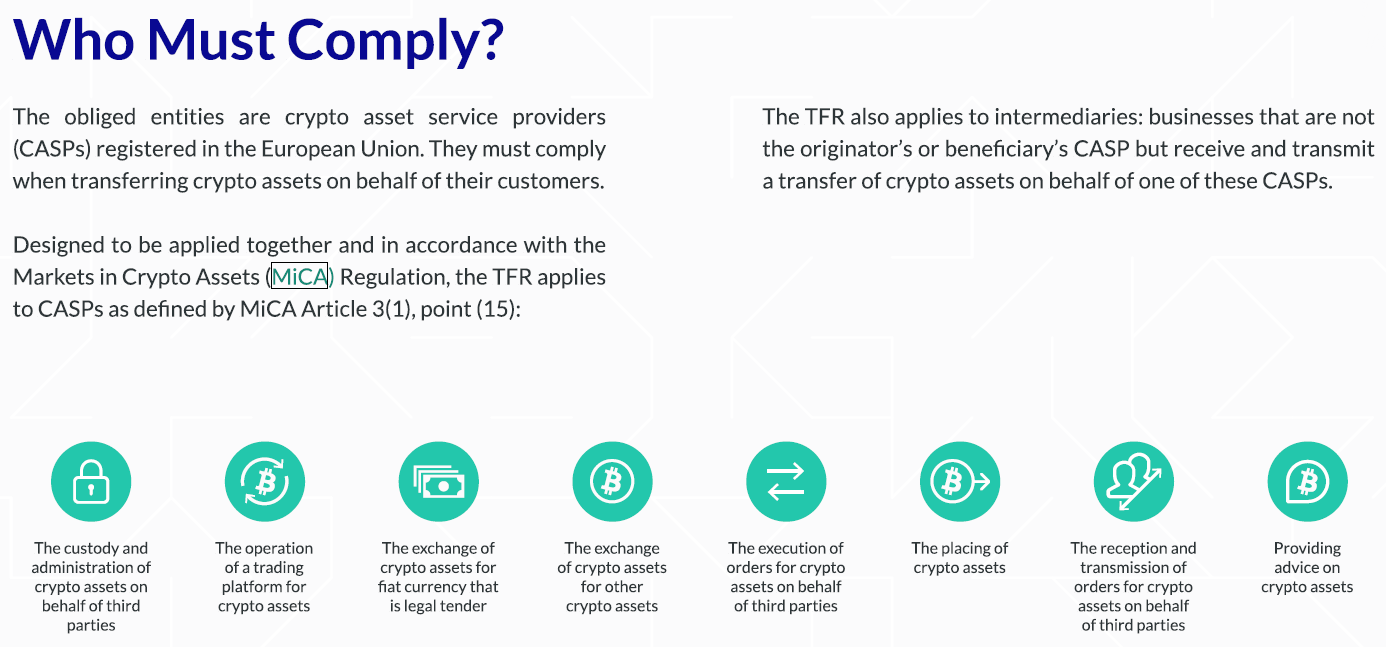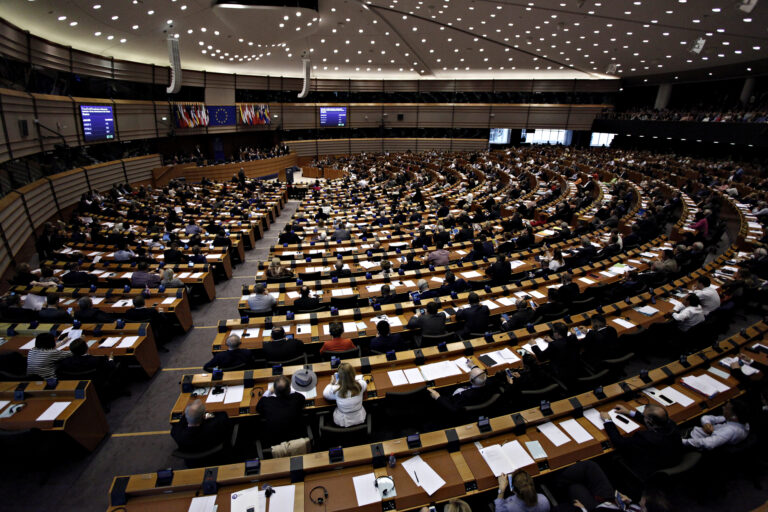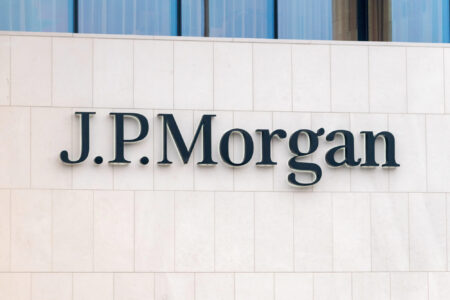The European Union's (EU) regulation on crypto-asset markets (MiCA) provides legal clarity and security for the European crypto market. The framework applies not only to trading but also to the use of blockchain technology and requires all crypto service providers to obtain approval.
The MiCA legislation was passed yesterday in Strasbourg with 517 yes votes, 38 no votes, and 18 abstentions, based on the draft law from June 2022, which had been in the works since 2019. MiCA represents the first comprehensive legal framework for crypto-assets in the EU and, upon implementation, will provide the long-awaited legal certainty in the European Economic Area. According to the EU Parliament, the regulation will create a stable regulatory environment for the development of new crypto-based products and services.
Majority of industry participants welcome MiCA regulation
The MiCA regulation has been largely welcomed by service providers and industry representatives. The legal framework gives more legitimacy to the crypto market. According to Tom Duff Gordon, Vice President for International Policy at Coinbase, the adoption of the Markets in Crypto-Assets (MiCA) regulation by the European Parliament is a crucial moment for the industry. The compliance expert praises the work of European decision-makers and states that their efforts should serve as an example for other legal systems.
Other market participants are also convinced that the EU recognizes the potential and societal promise of emerging technology in a comprehensive framework. MiCA is a crucial step towards creating a solid regulatory framework that provides clarity for the innovative industry. The EU is following Switzerland's example, rather than letting various authorities dispute over jurisdiction in the field.
After approval by the European Council, the regulation will officially come into force as EU law. The European Securities and Markets Authority (ESMA) will then issue guidelines for the application of the regulation. Effective from July 2024, certain provisions on stablecoins will come into force, while the majority of the MiCA regulation will only become effective in January 2025.
Strict requirements for service providers
In addition to MiCA, the European Parliament also passed the complementary Transfer of Funds Regulation (TFR). The regulation requires crypto service providers to clearly identify their customers in order to combat money laundering and terrorist financing. The law is based on the Travel Rule of the international regulatory organization Financial Action Task Force (FATF). The instructions require that Virtual Asset Service Providers (VASPs) verify, obtain, and retain originator and beneficiary information for transactions. In addition, companies must ensure that crypto transfers can always be traced and suspicious transactions can be blocked.
In the original proposed law, a threshold of 1,000 euros was envisaged. The identification requirements would only have applied to transfers between service providers above this amount. Even this threshold was a more stringent provision than that of the traditional financial system, which is set at 10,000 EUR. Due to the cross-border nature of cryptocurrency, customers must be identified for every amount in the final text. The minimum amount of 1,000 euros still applies to transfers between VASPs and self-custodied (unhosted) wallets. There is no provision for transfers between two self-custodied wallets.

Stablecoin issuers mandated to be transparent
The European decision-makers aim to create a standardized regulation for harmonized crypto rules with the MiCA framework, providing legal certainty for crypto-assets in the EU. The legislation contains guidelines for the operation, structure, and issuance of digital assets.
In addition to exchanges, MiCA primarily affects issuers of stablecoins, which are pegged to existing assets such as the US dollar or the euro. According to the new rules, stablecoins like Tether (USDT) and Circle's USDC must hold adequate reserves to meet redemption requests in the event of mass withdrawals. Issuers of crypto-assets are also required to publish detailed information about their business operations and ecosystem design. MiCA will also require crypto companies to report the environmental impact of their activities. This is a compromise measure after the legislator removed a complete ban on the proof-of-work mechanism from an earlier draft.
Although MiCA is seen as a major step towards crypto regulation, there are still several points in the 400-page document with which some crypto actors disagree. For example, European Parliament Member Patrick Breyer describes the TFR regulation as a de-facto ban on anonymous payments and donations. The current framework also does not take into account decentralized finance applications (DeFi) or crypto lending or staking. Additionally, MiCA does not include rules for non-fungible tokens (NFTs).








